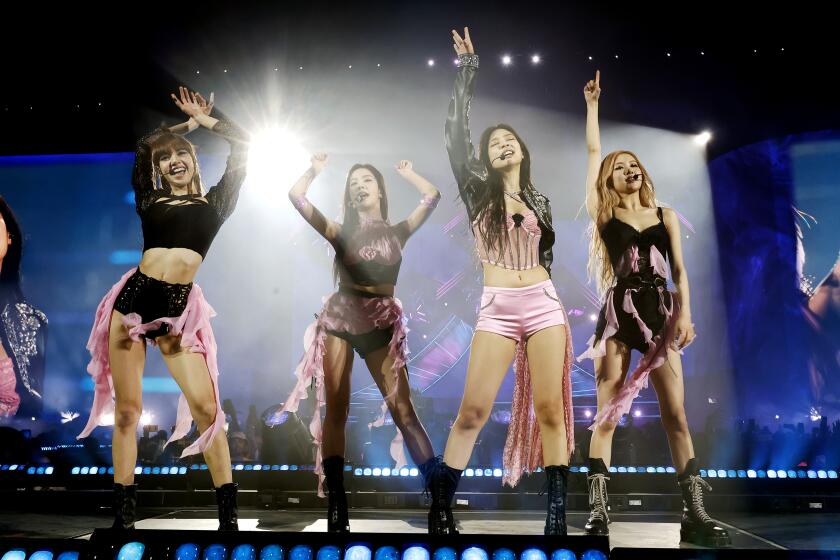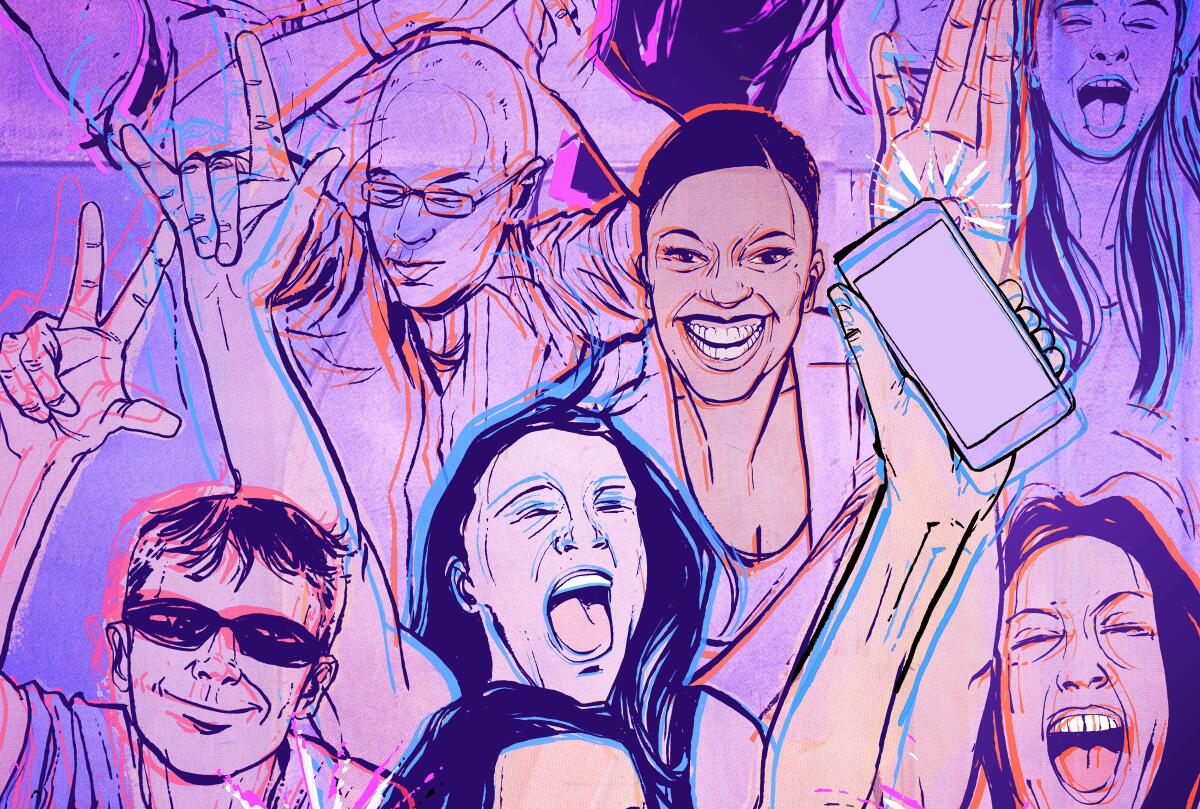
The 55 best places to see live music in Southern California
- Share via
Under the right circumstances, a few hours of live music can change a person: The 16-year-old indie punk who dives into the all-ages DIY scene surrounding the Smell. The record executives at a Hotel Cafe bar table awaiting a young singer named Billie Eilish. Obsessed devotees converging on Hollywood Forever Cemetery for an evening among the gravestones with Lana Del Rey.
Until COVID-19 pushed pause on concerts in 2020, most didn’t need to be reminded of live music’s transcendent nature. We took for granted the bounty of stages available on any given night, both in soundproofed rooms and, enabled by a climate perfectly suited for them, at outdoor amphitheaters. Their forced absence left a gaping hole in L.A. culture.
Luckily, most survived. These 55 venues include legacy theaters, spacious clubs, Sunset Strip mainstays, historic institutions and duct-taped dives. Combined, it’s a patchwork of venues that gives fans of virtually any music genre the opportunity to commune, sing and dance with kindred fans.
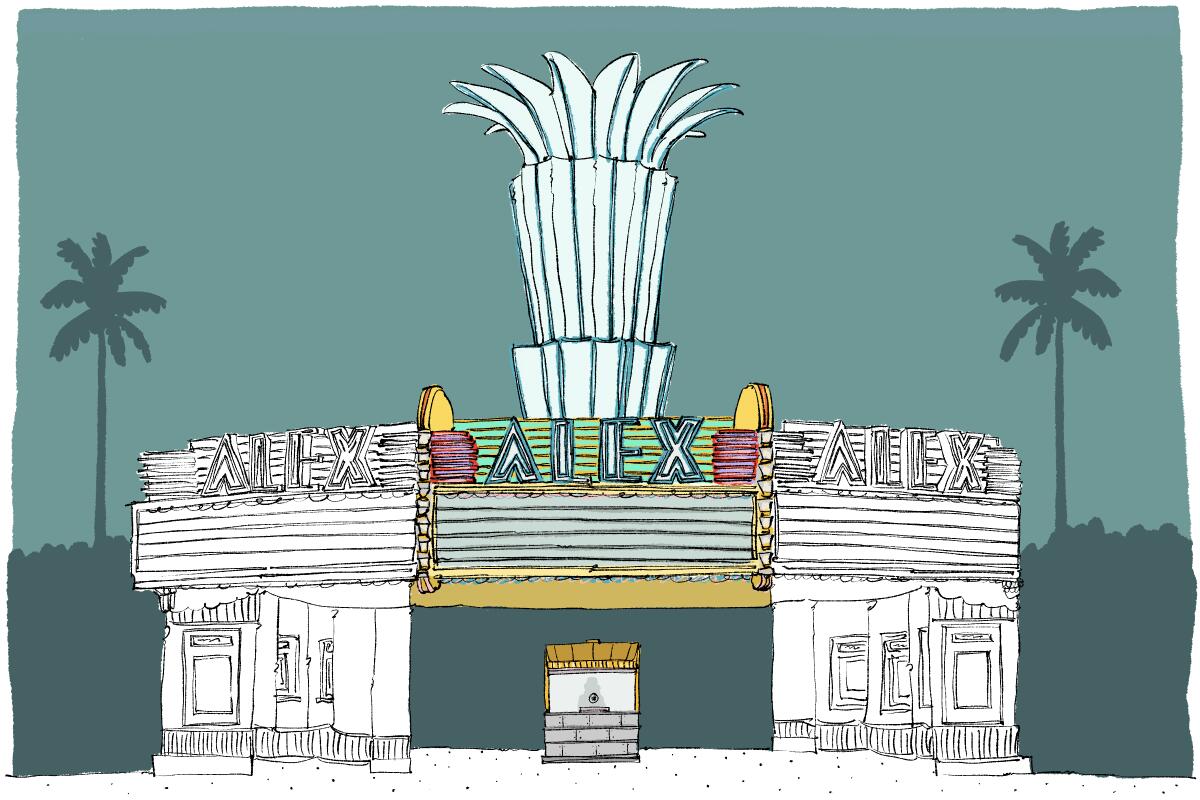
Alex Theatre
Alex's Bar
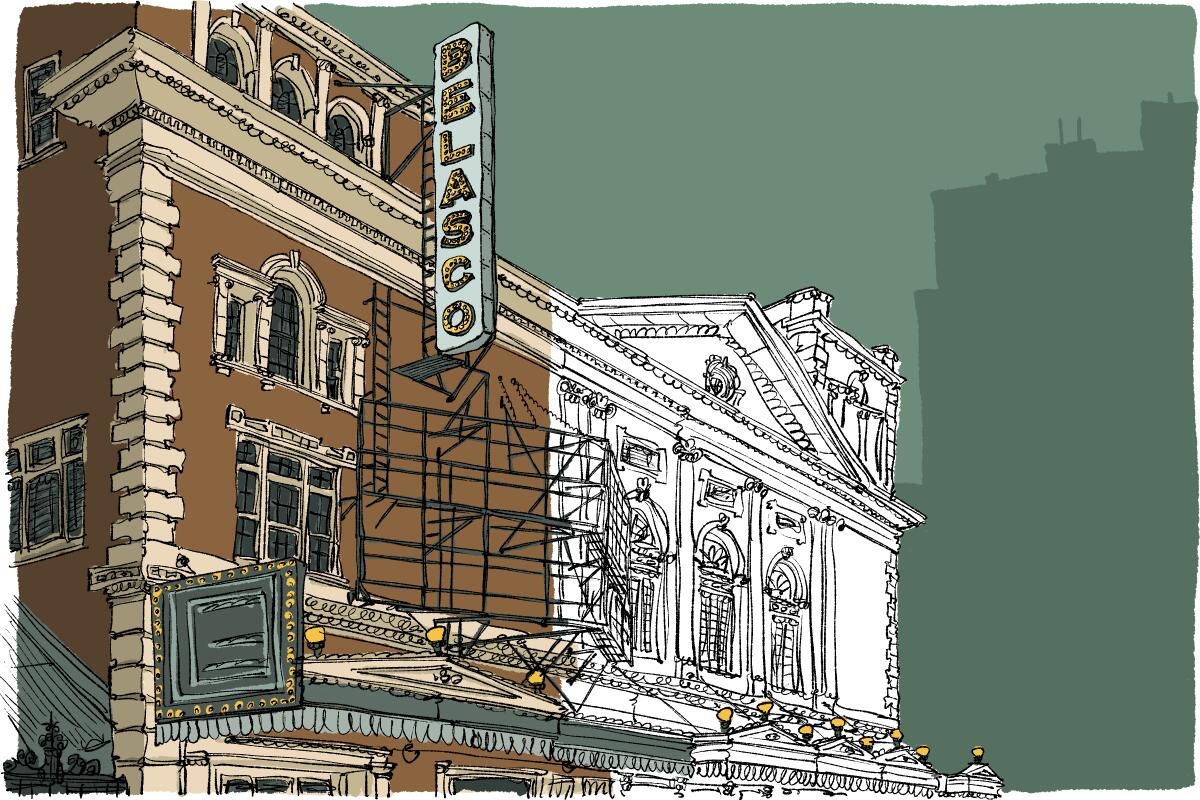
The Belasco
Brookside at the Rose Bowl
The Canyon
Catalina Bar & Grill
Catch One
Crypto.com Arena
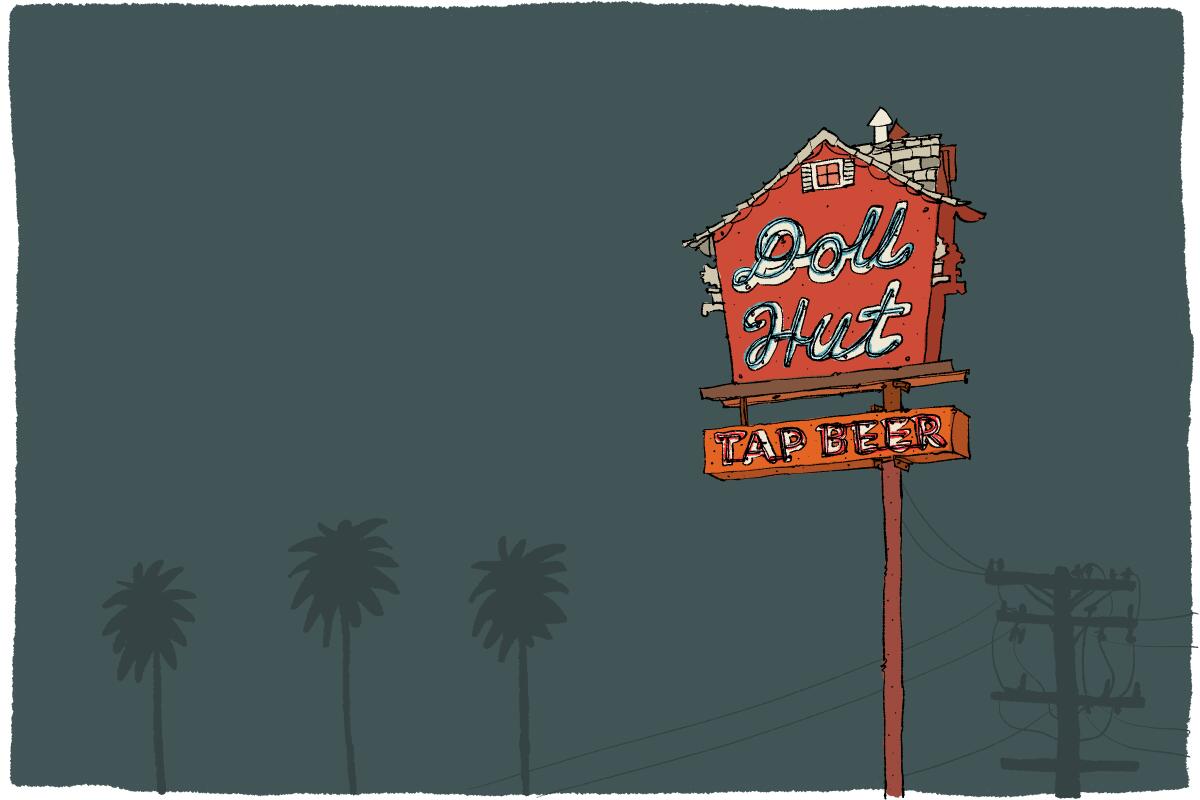
Doll Hut
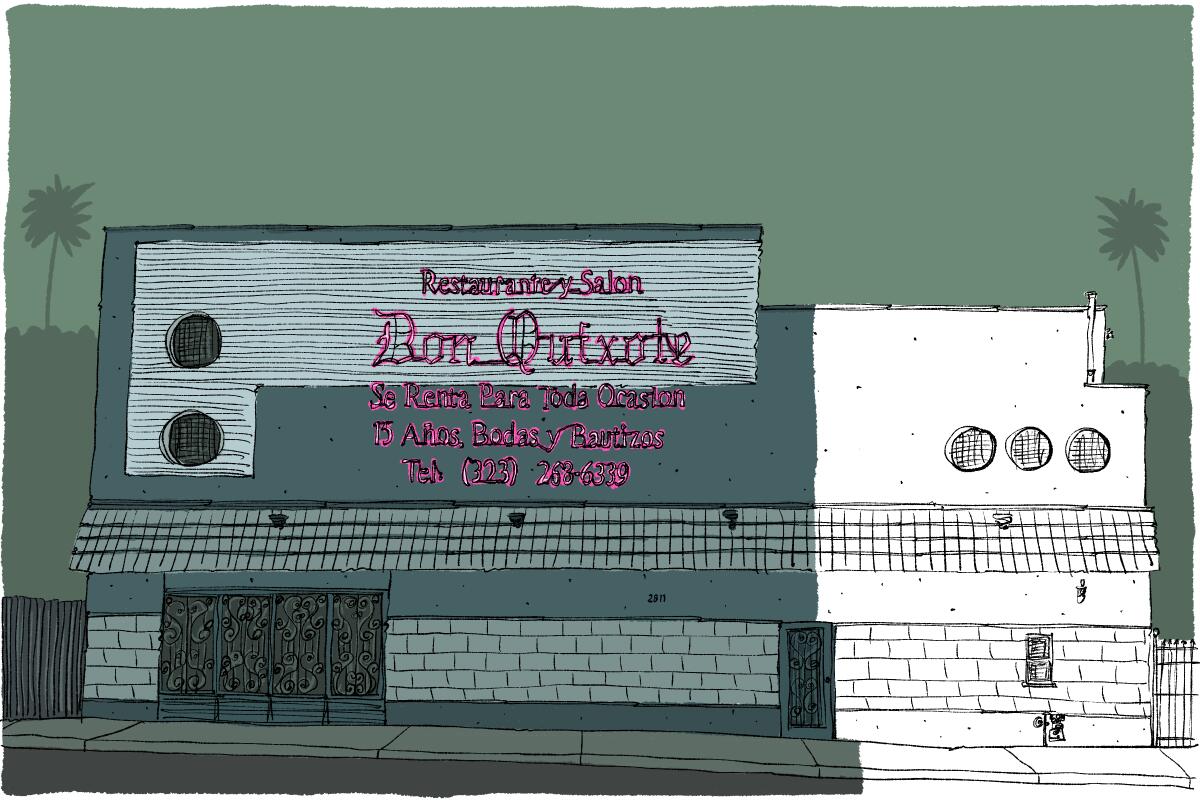
Don Quixote
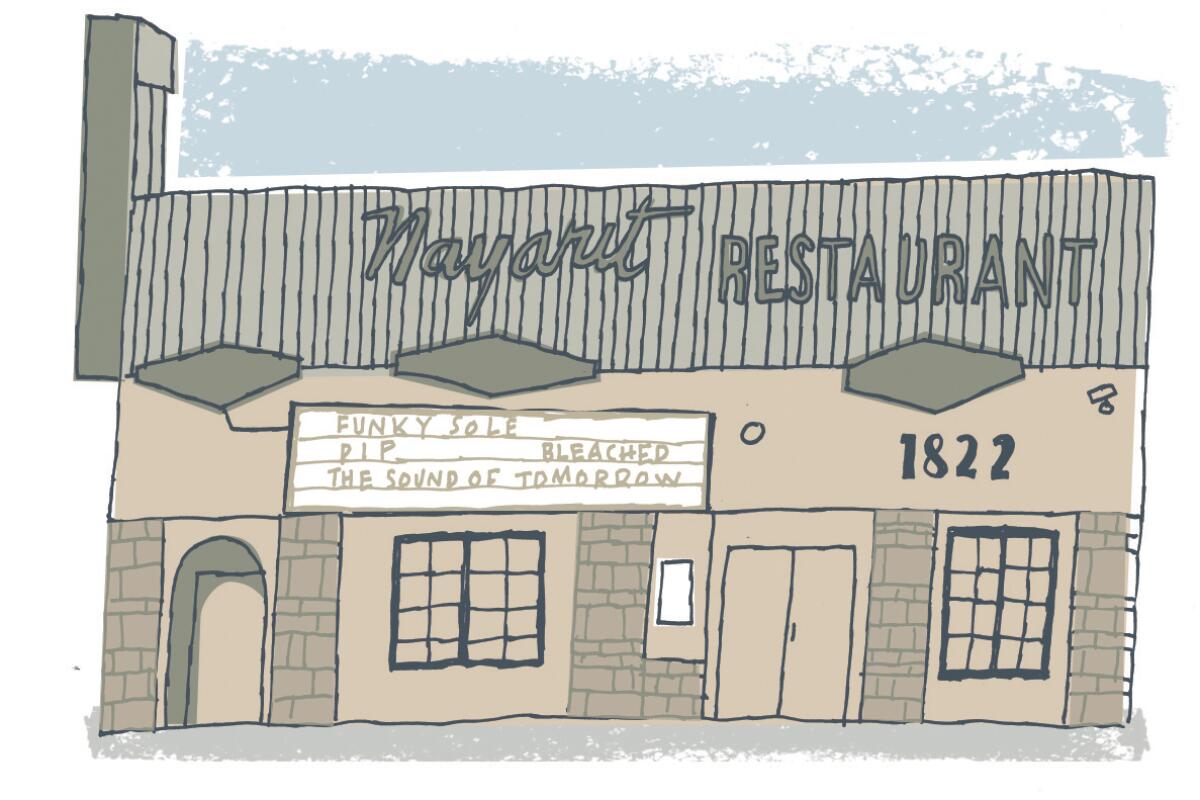
The Echo
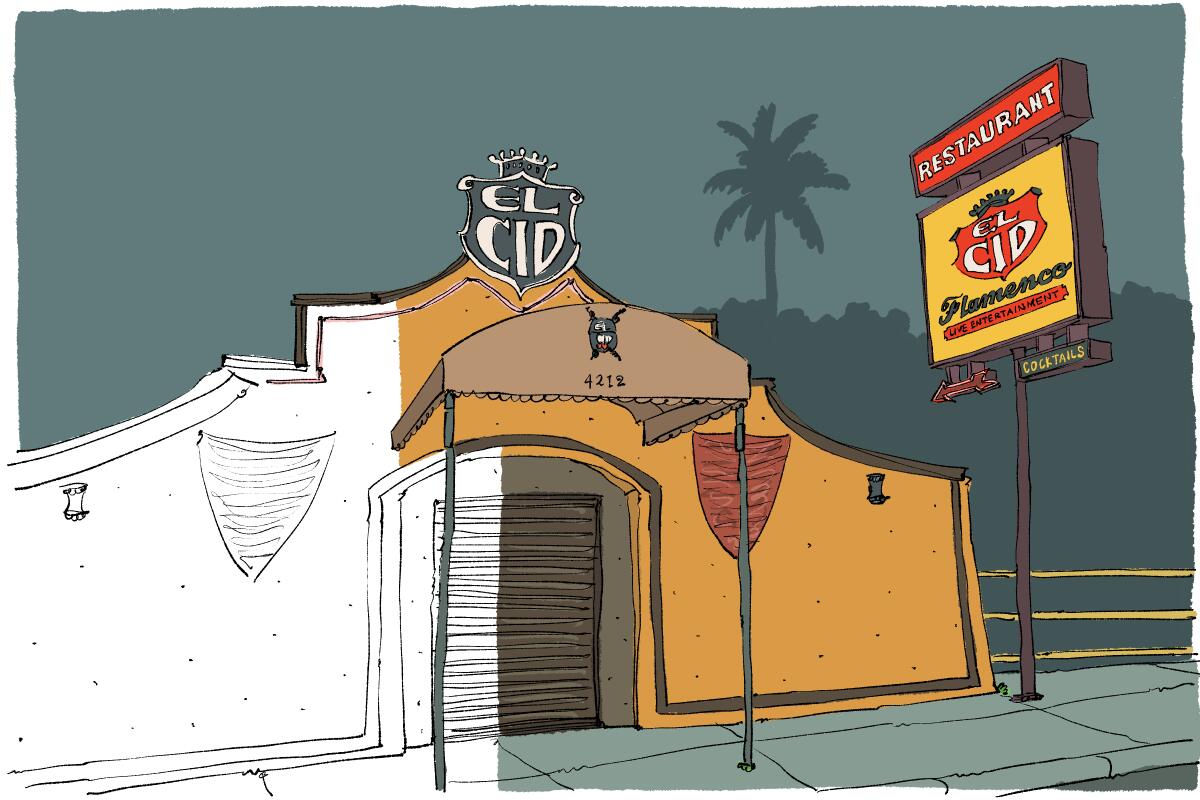
El Cid
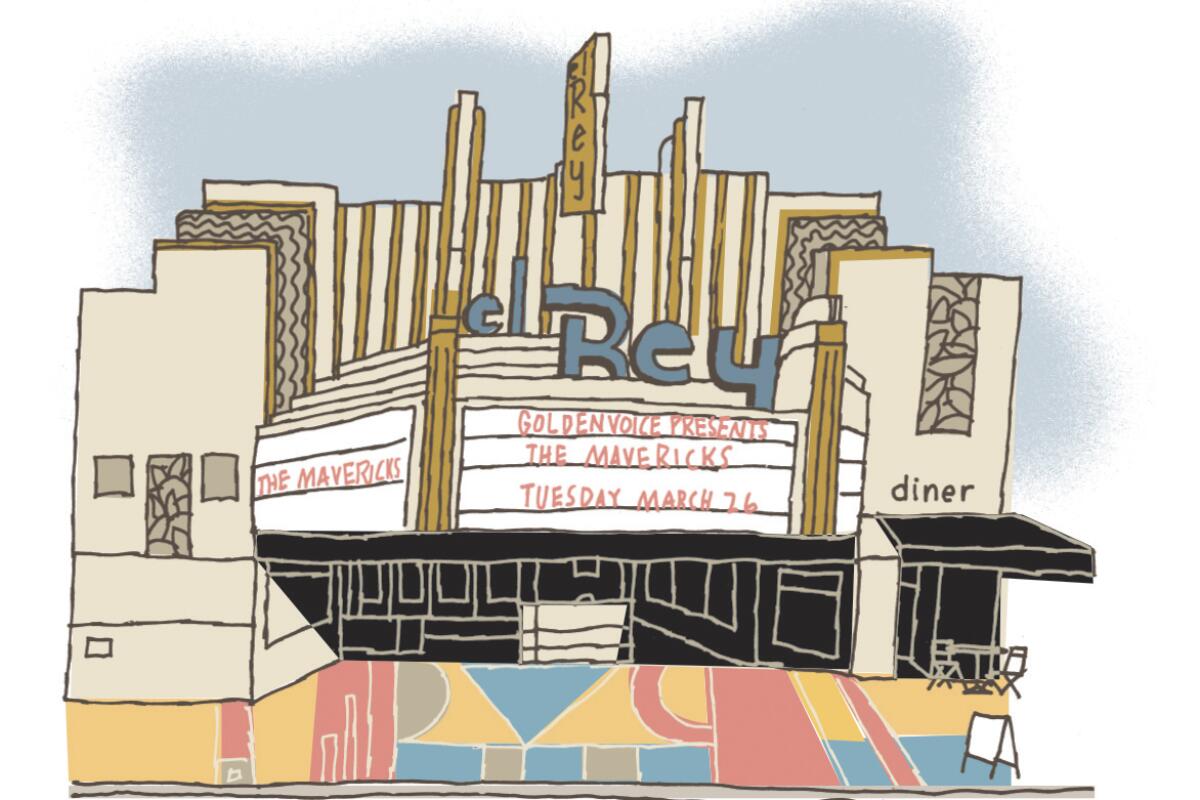
El Rey Theatre
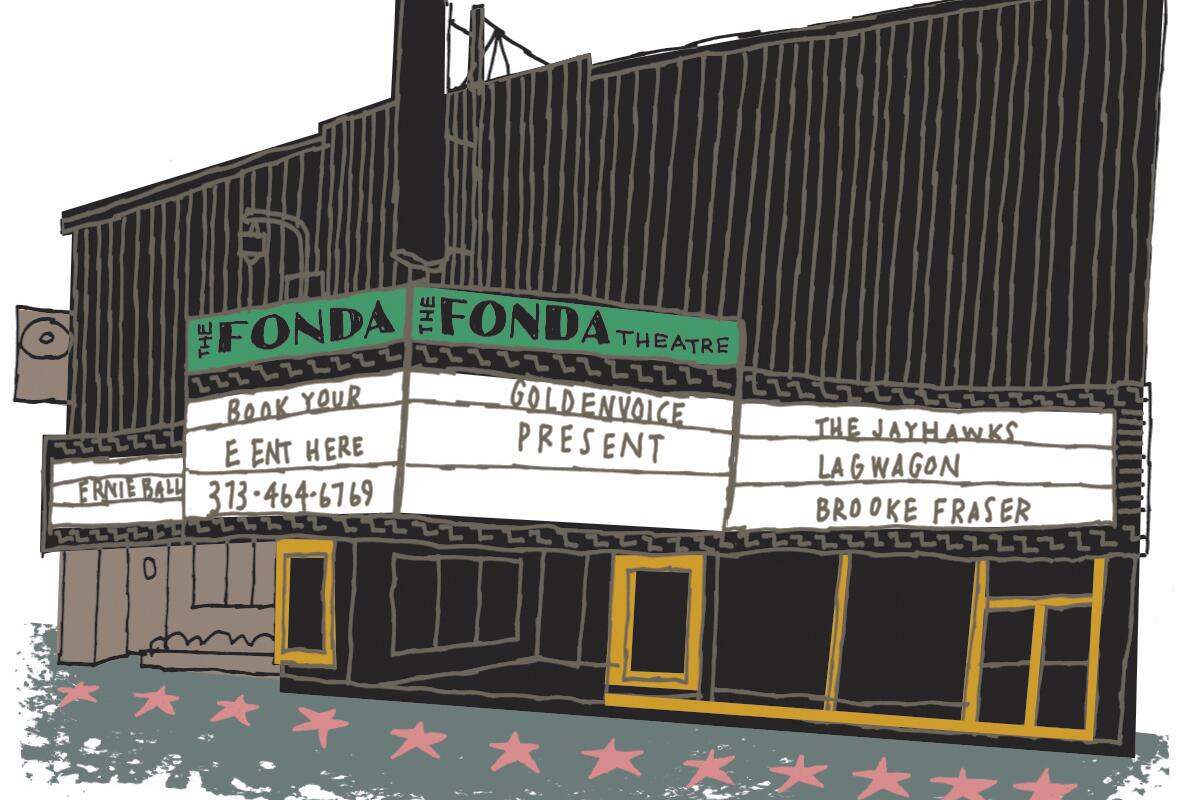
The Fonda Theatre
The Ford
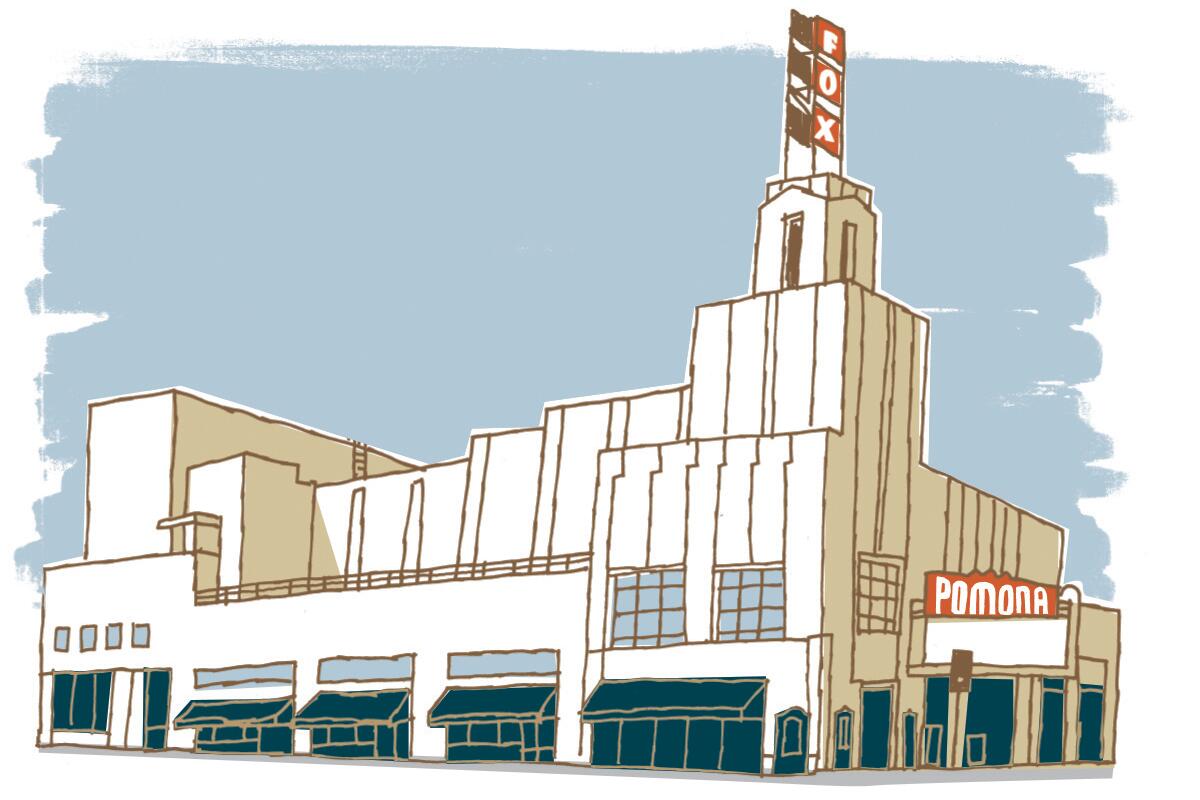
The Fox Theater Pomona
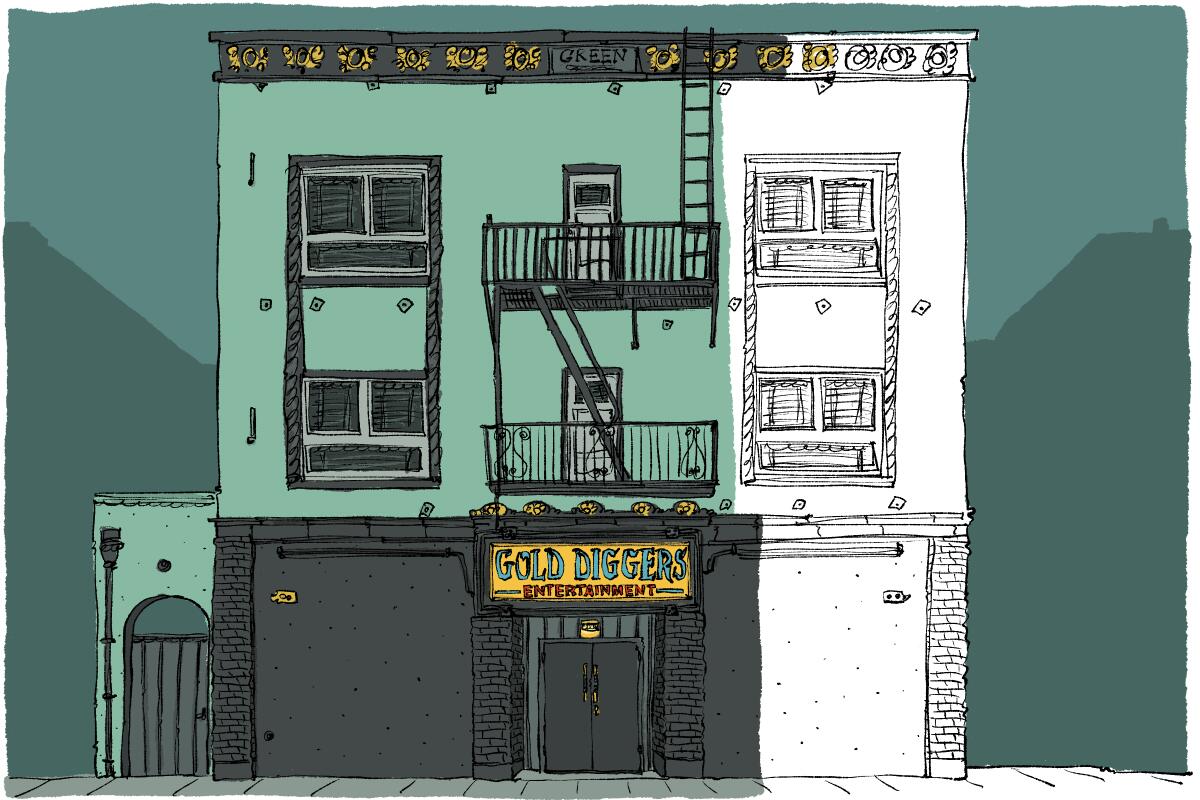
Gold-Diggers
Grand Performances
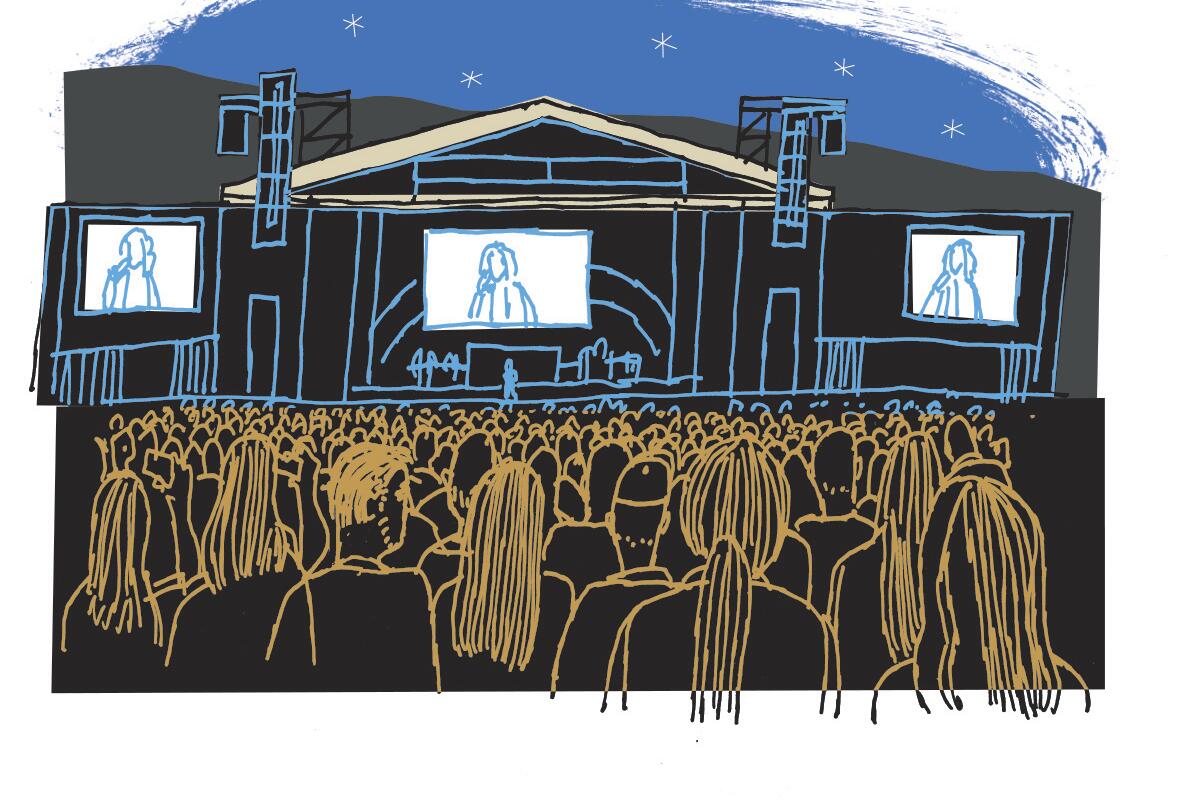
Greek Theatre
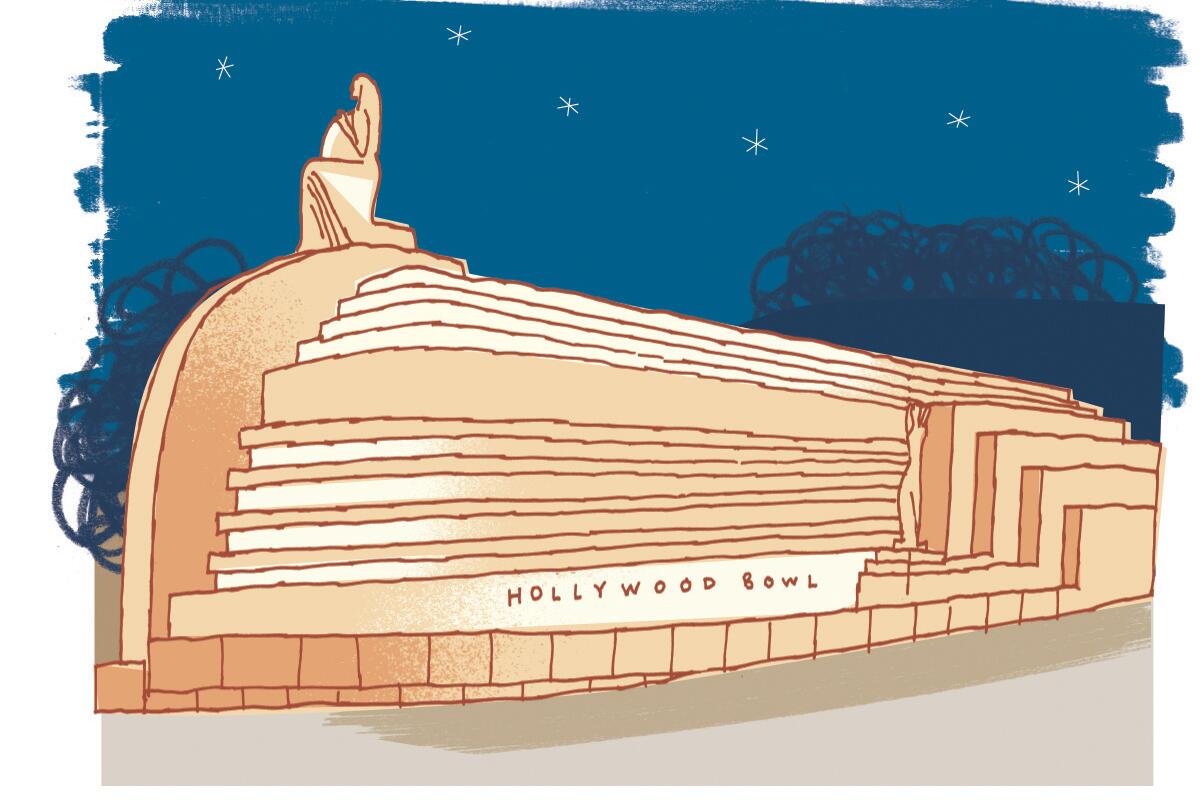
Hollywood Bowl
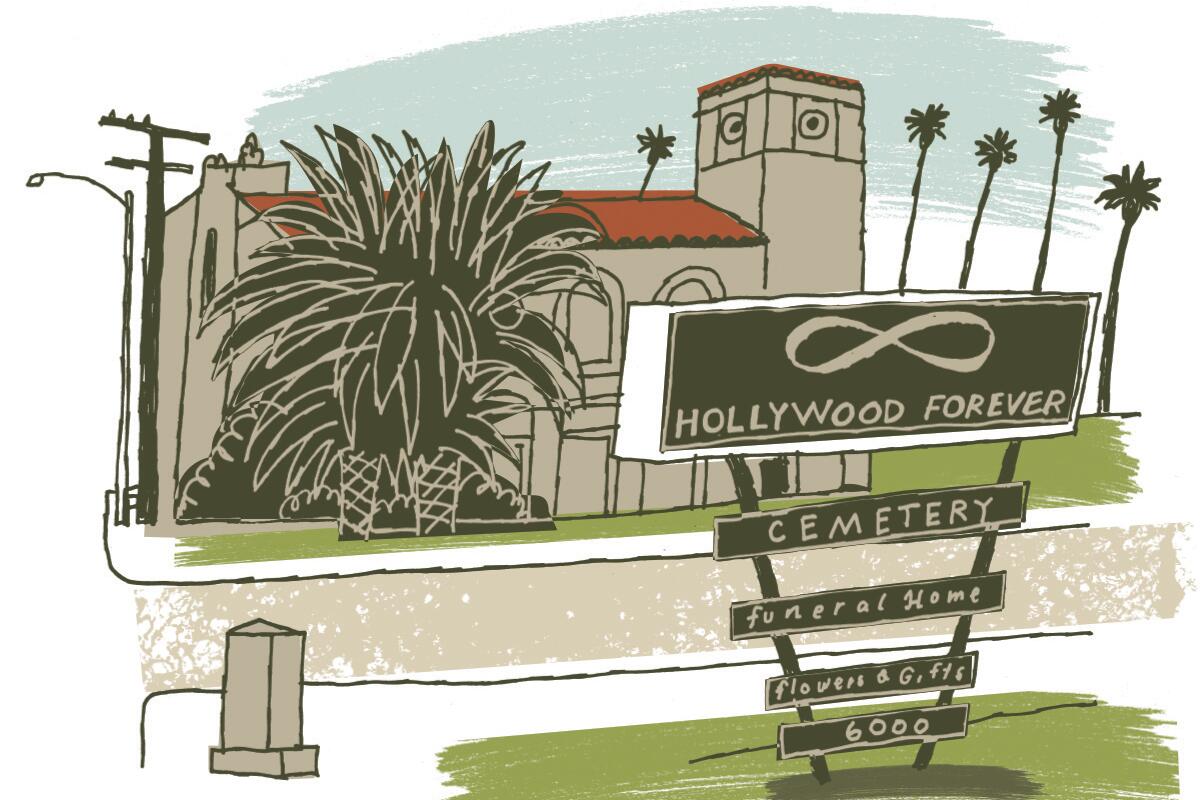
Hollywood Forever Cemetery and Masonic Lodge
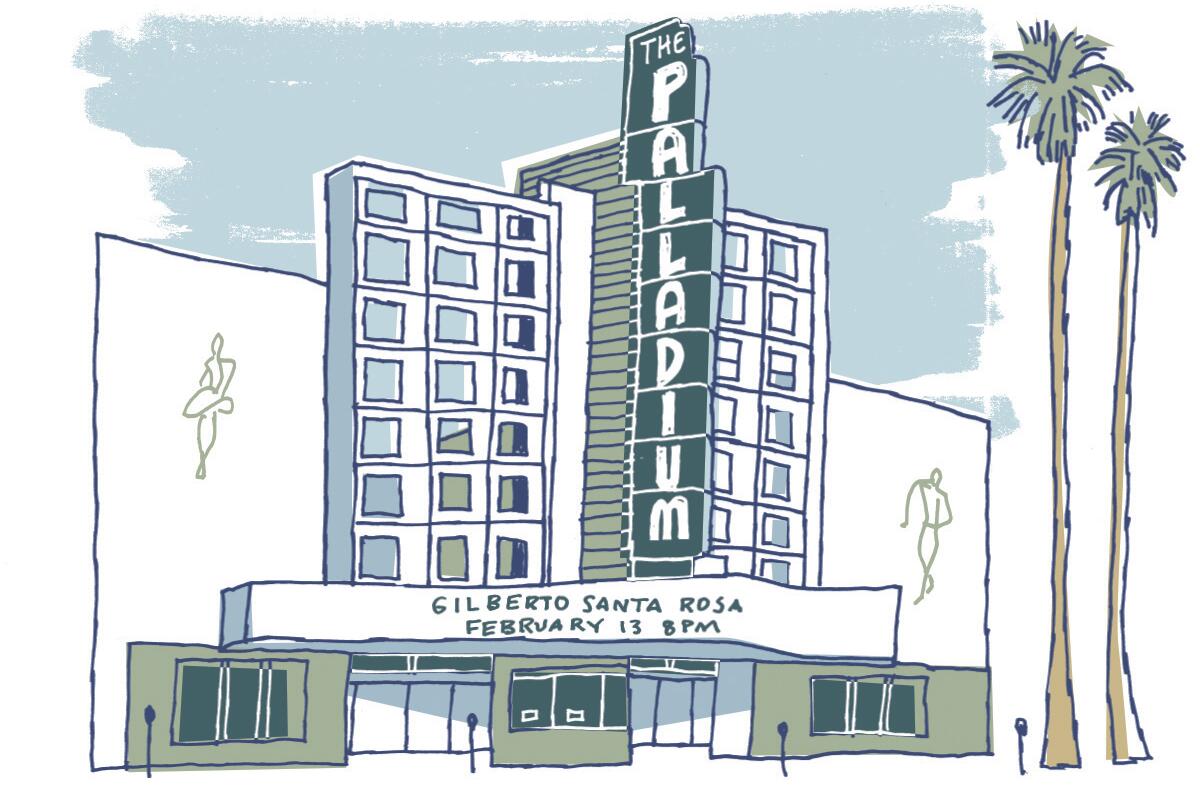
Hollywood Palladium
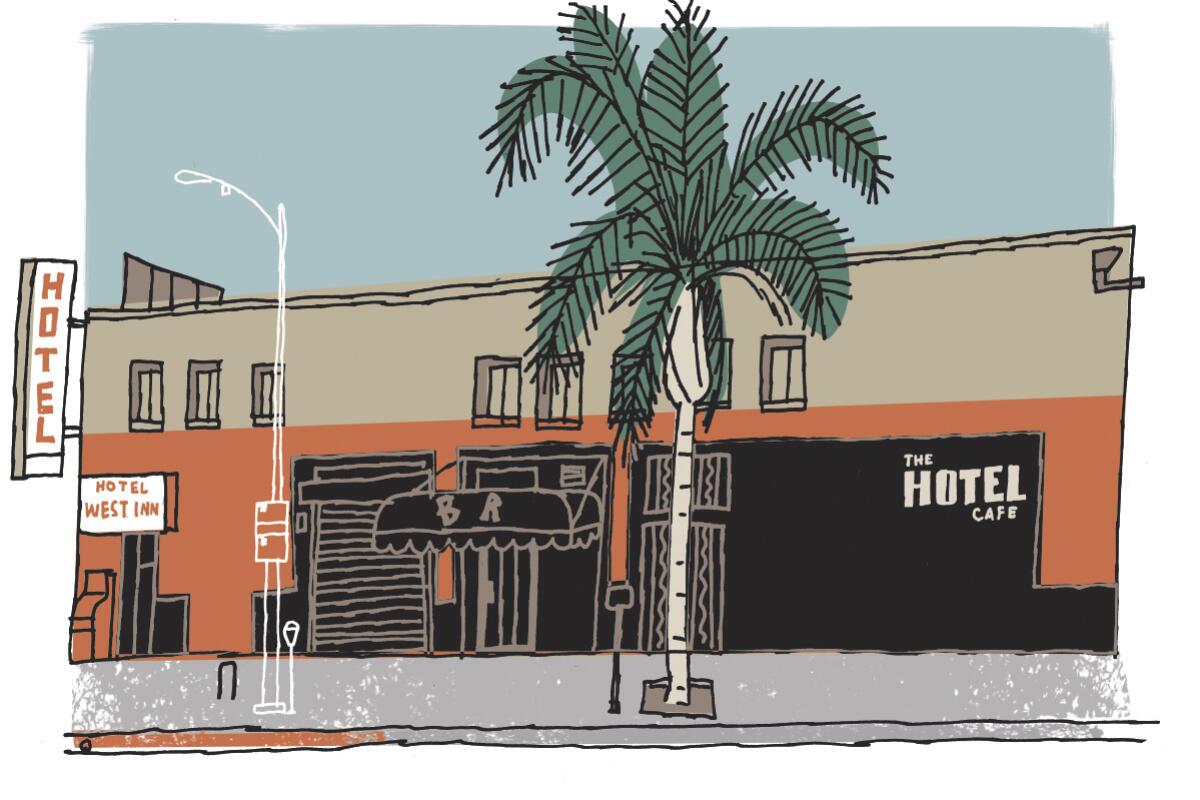
Hotel Cafe
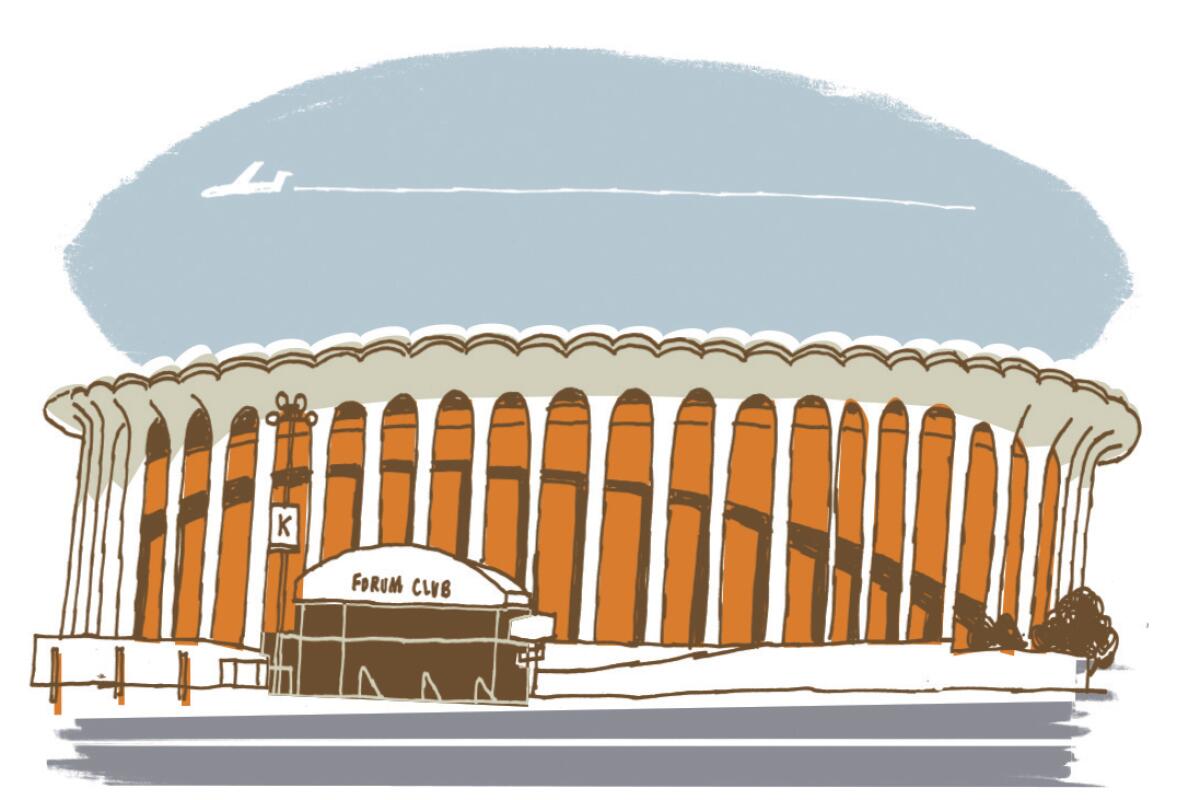
Kia Forum
La Cita Bar
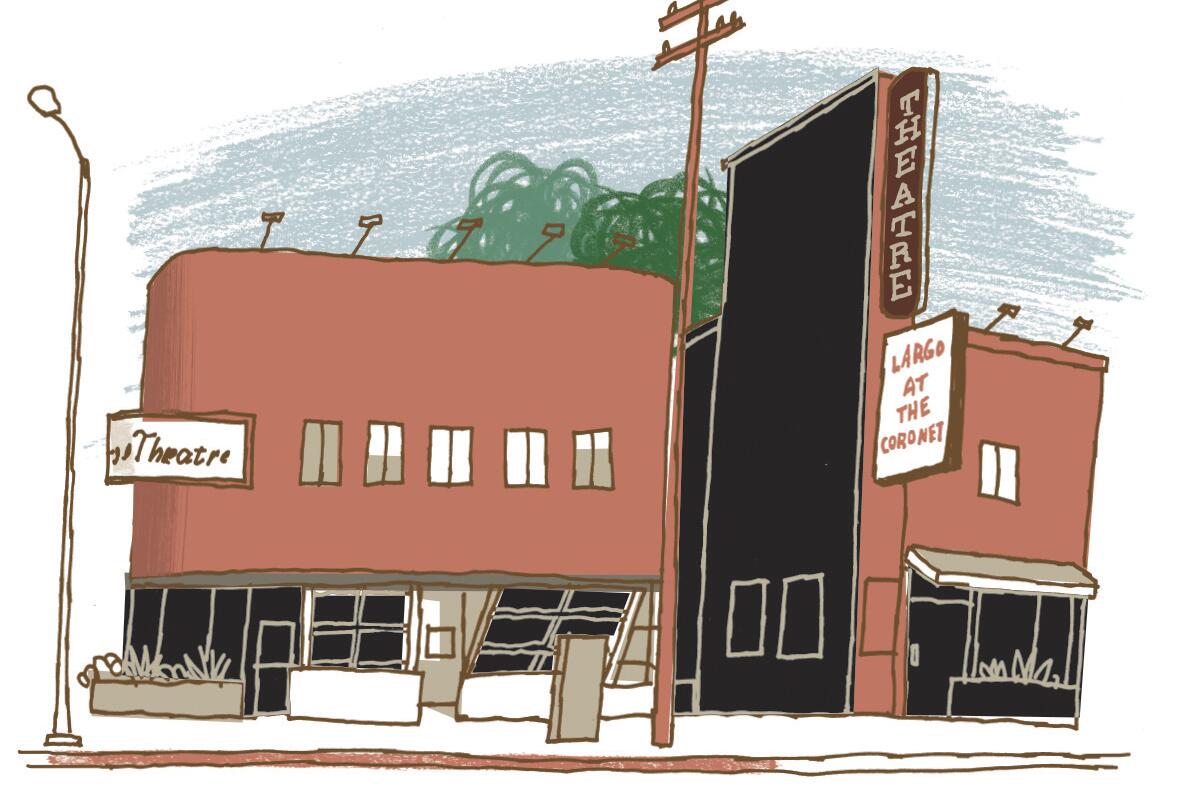
Largo at the Coronet
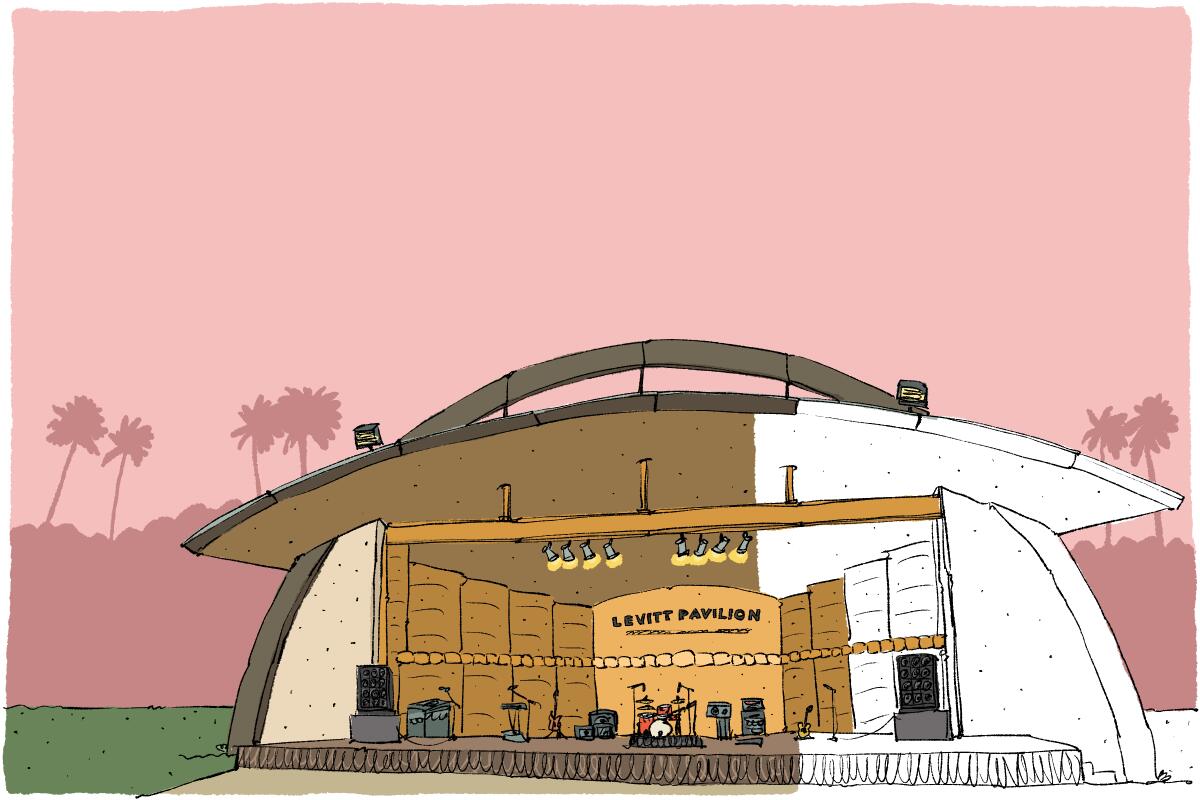
Levitt Pavilion Los Angeles
Lodge Room
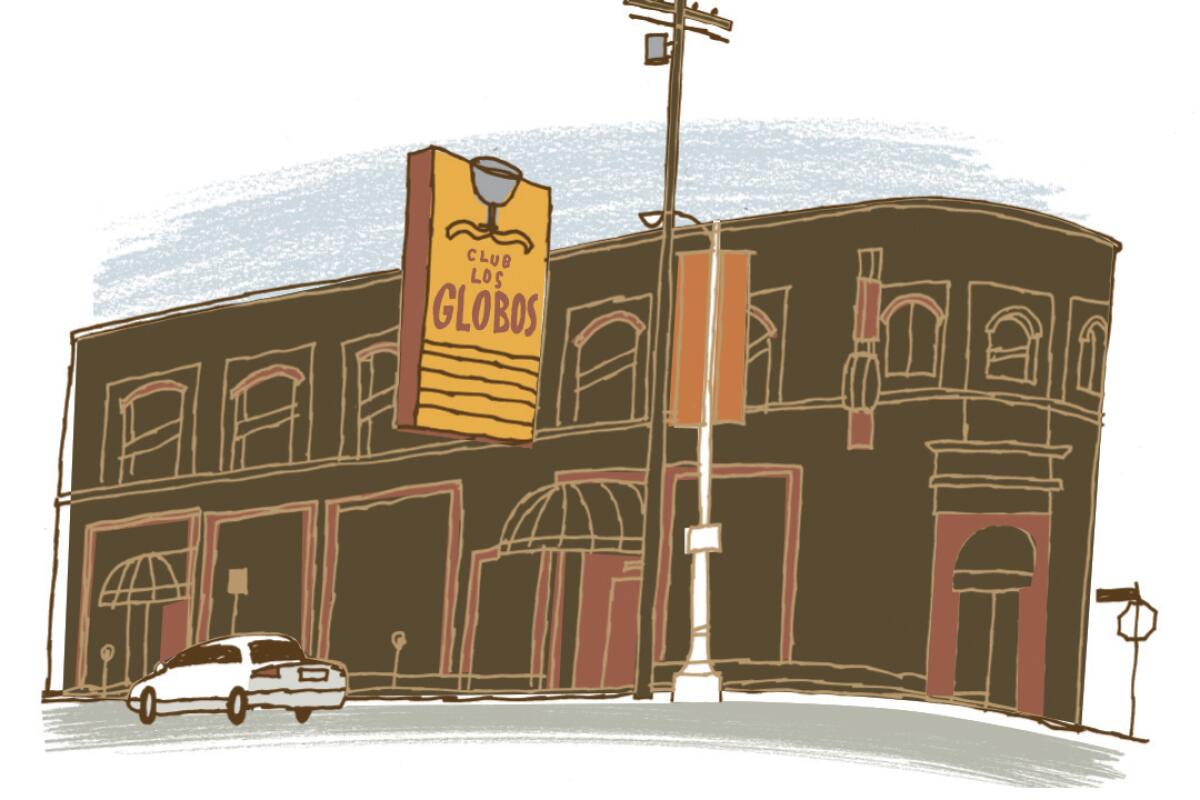
Los Globos
Majestic Ventura Theater
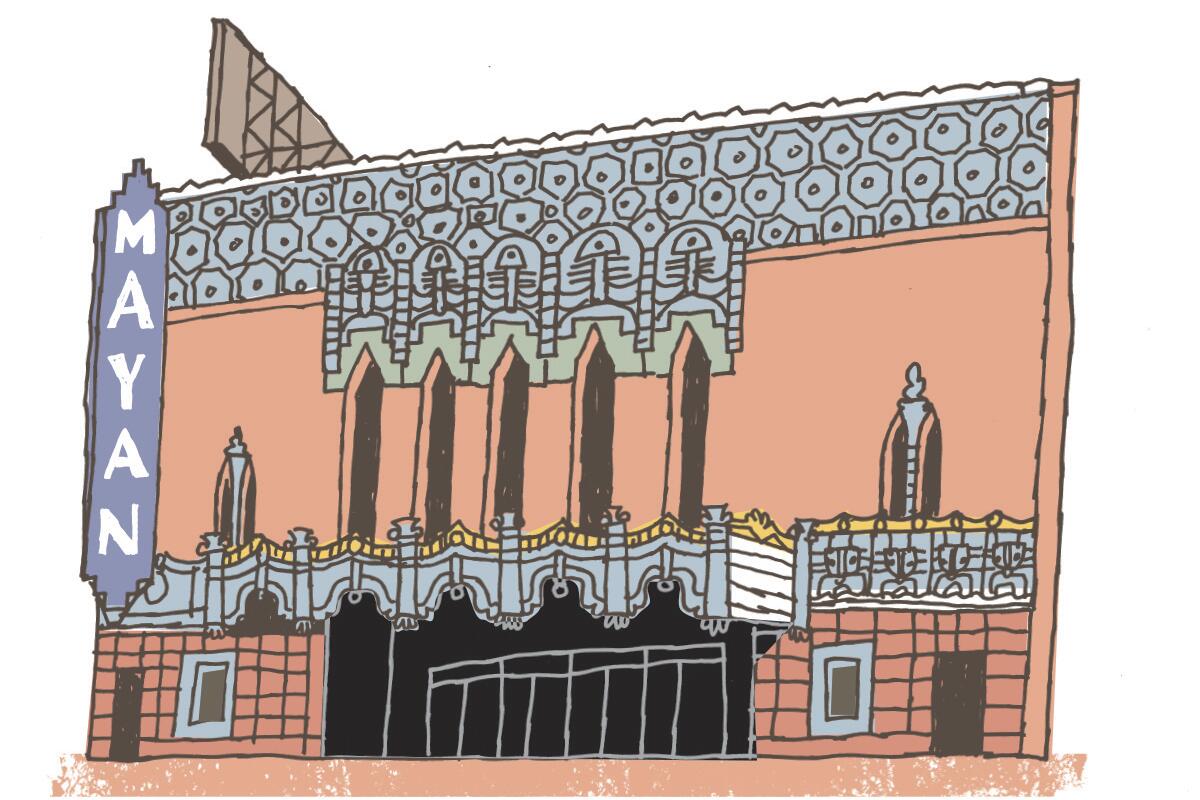
The Mayan
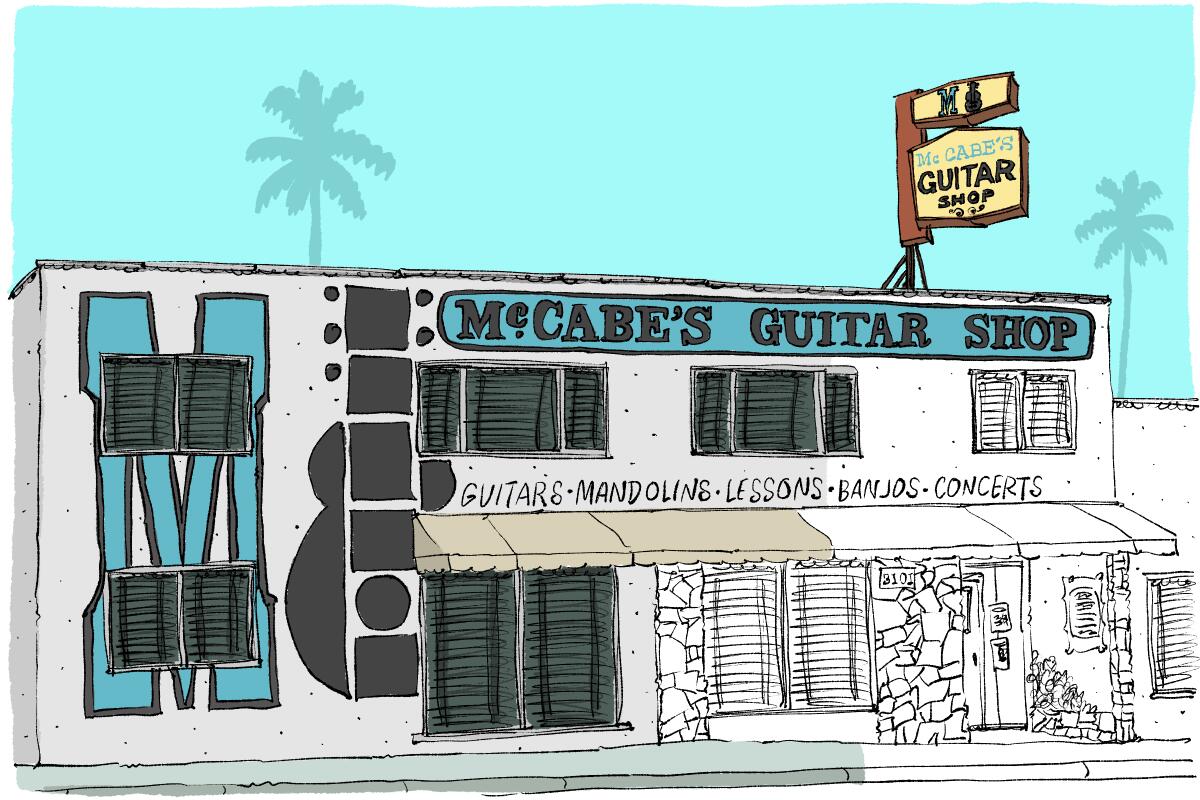
McCabe's Guitar Shop
The Mint
Moroccan Lounge
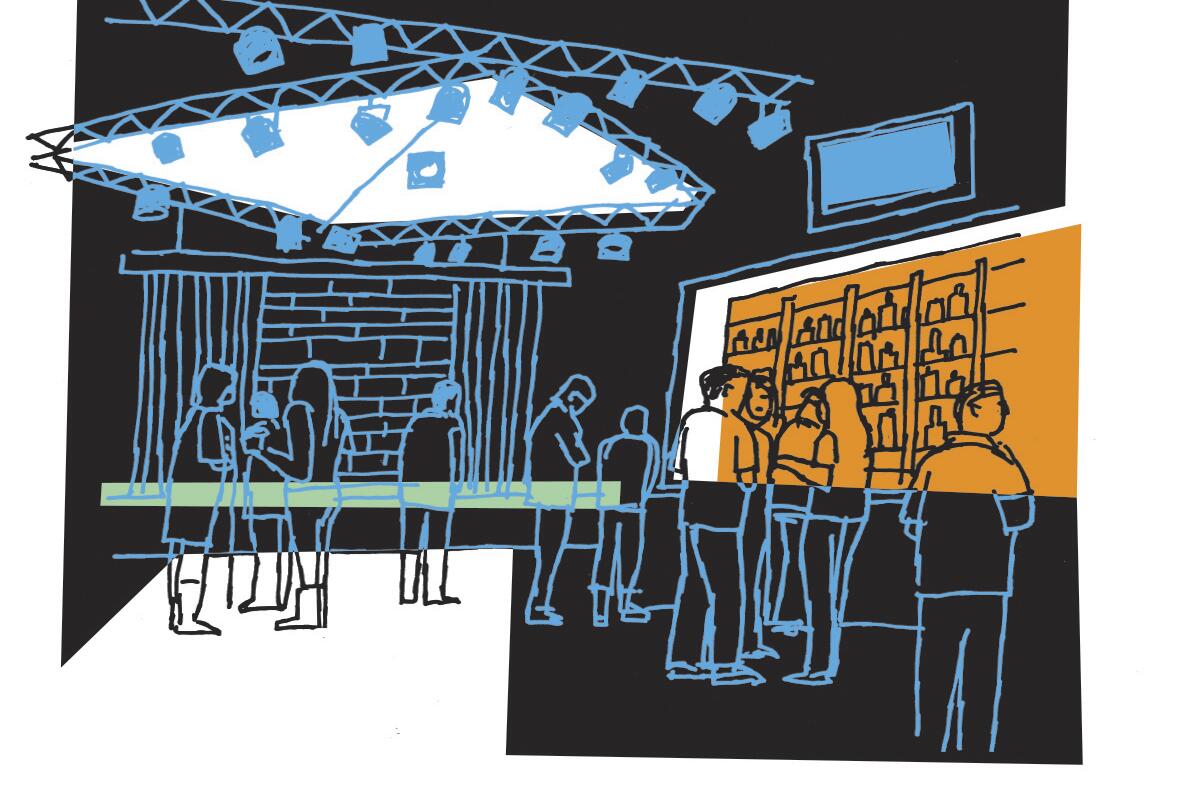
Observatory/Constellation Room
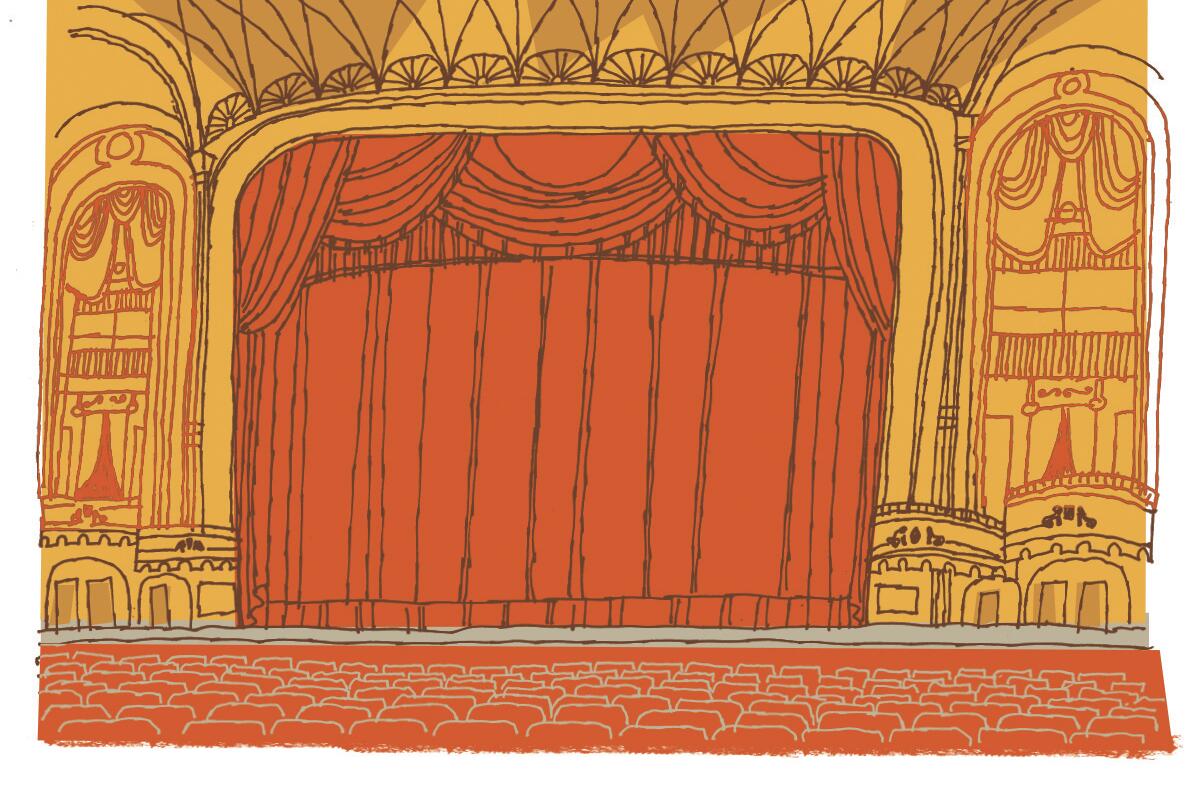
The Orpheum Theatre
The Paramount
Pip’s On La Brea
The Redwood Bar & Grill
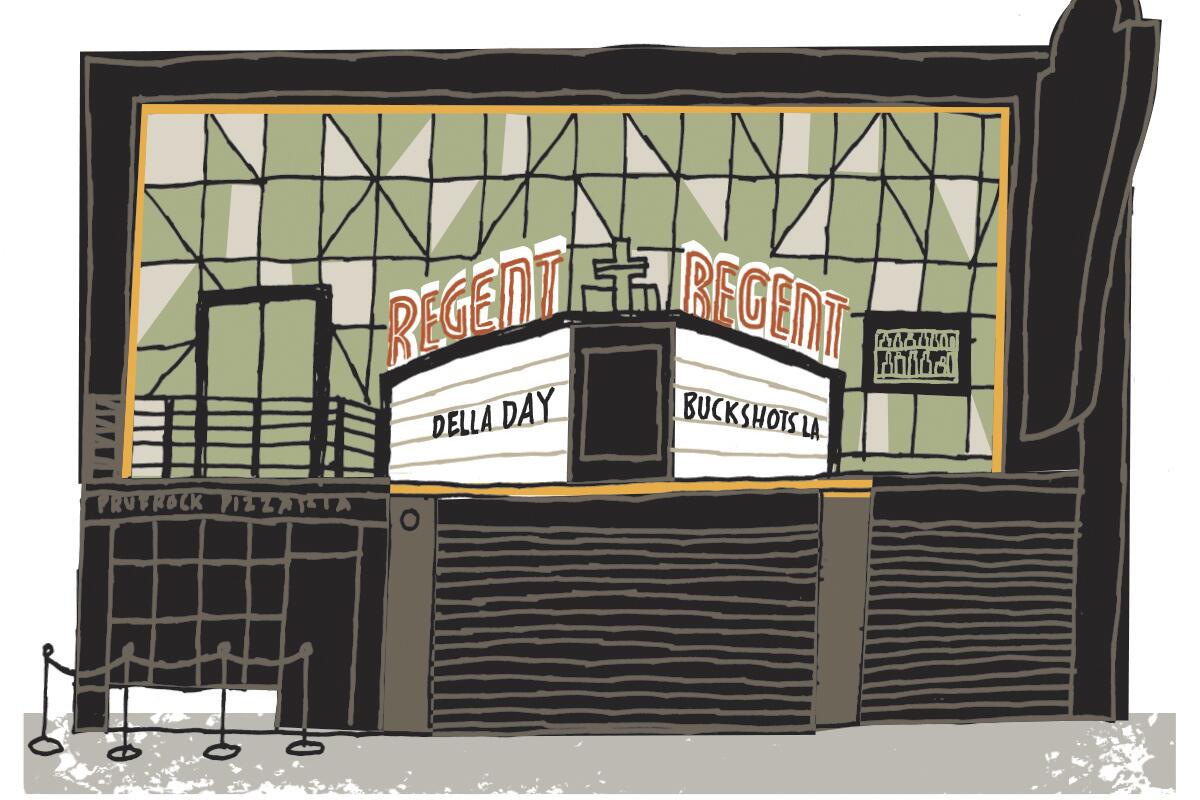
The Regent Theater
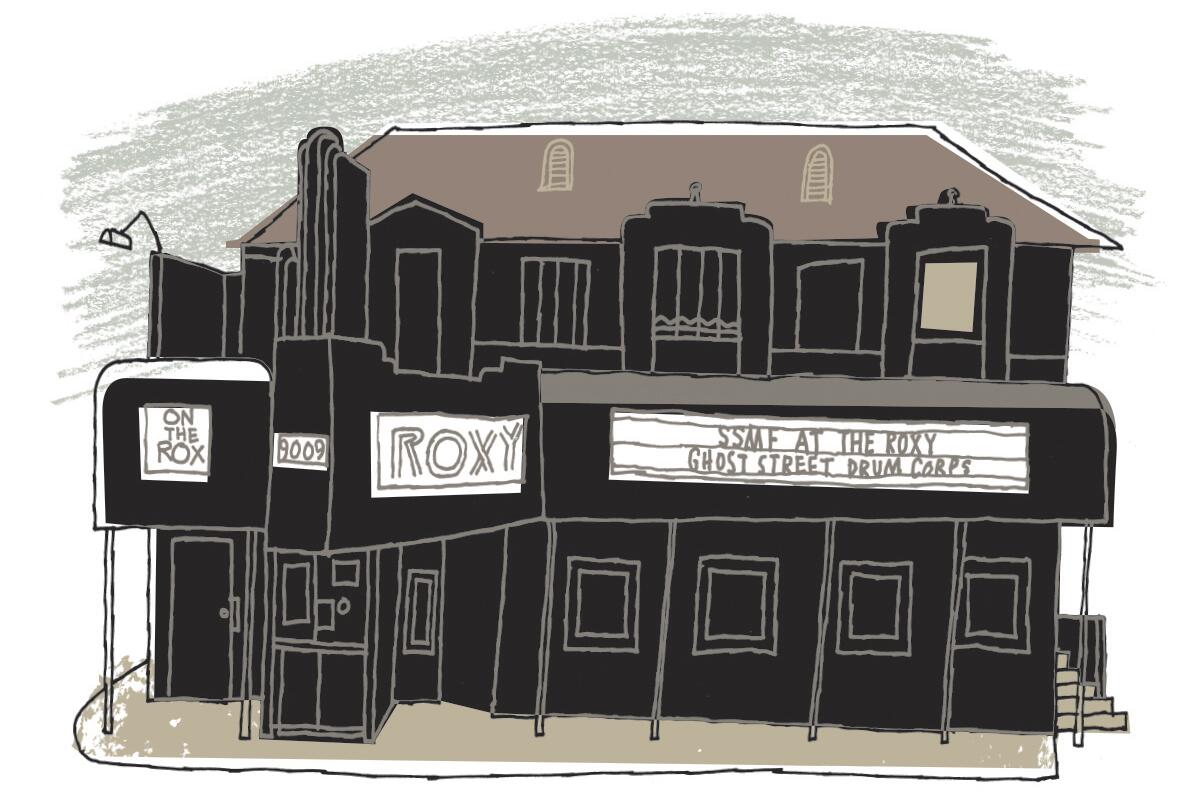
The Roxy Theatre
Santa Barbara Bowl
1720
Silverlake Lounge
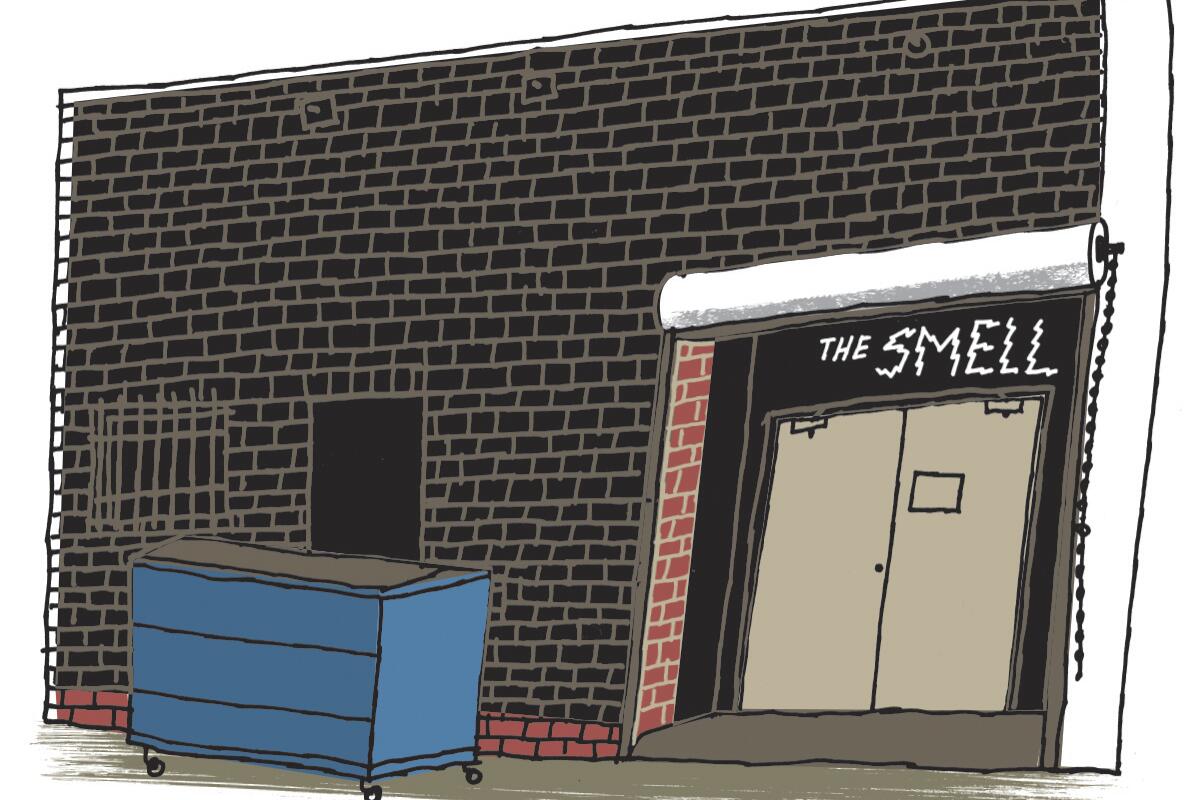
The Smell
SoFi Stadium
Sound
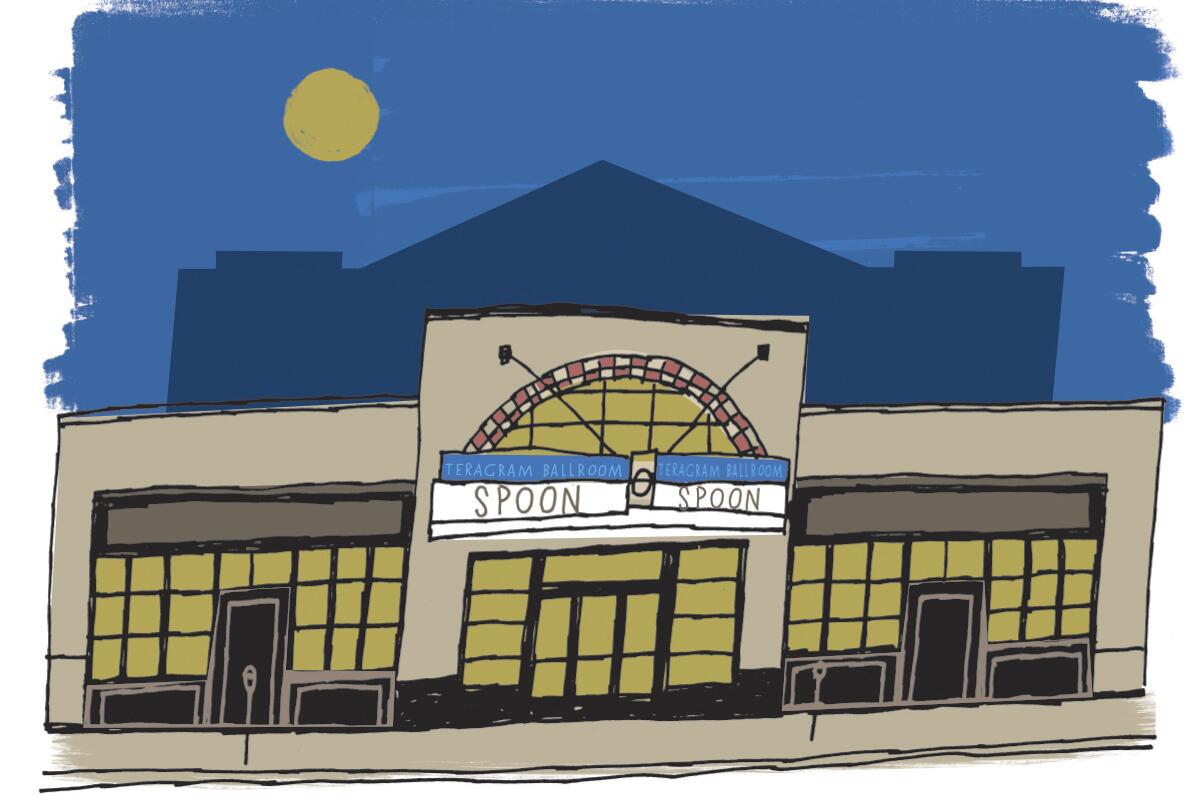
Teragram Ballroom
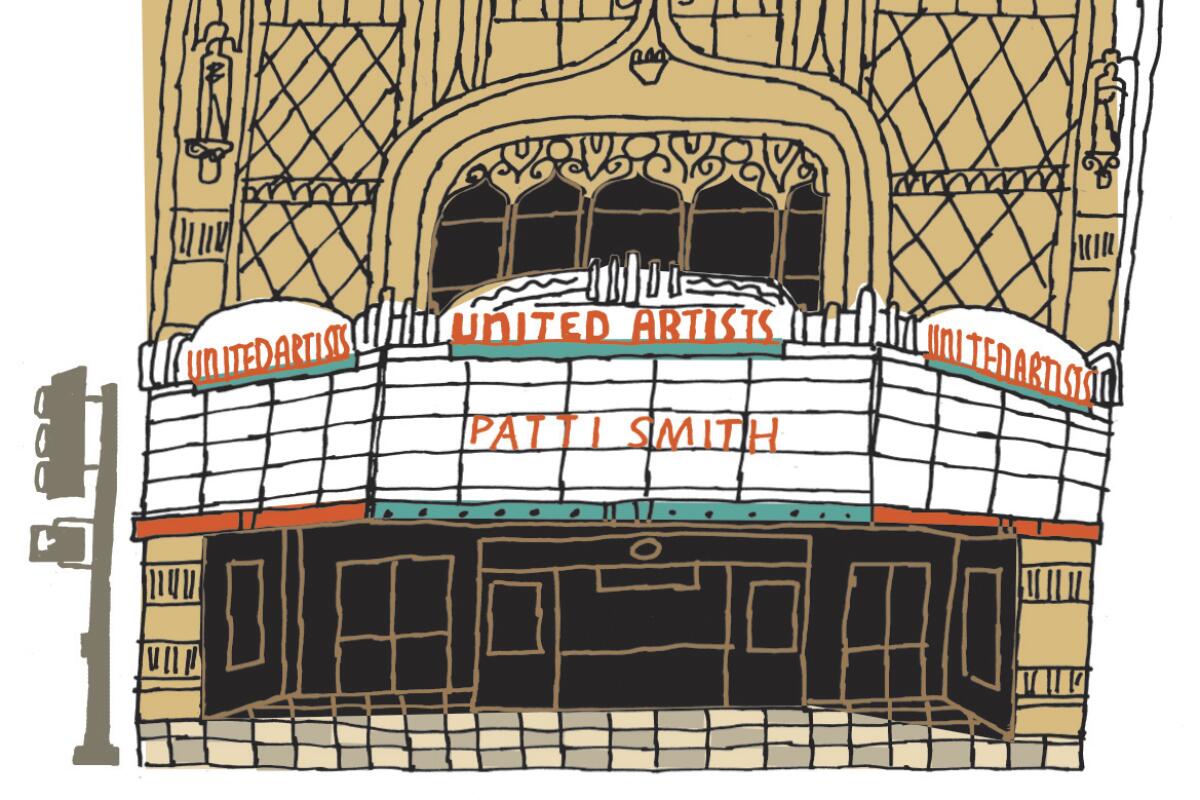
Theatre at Ace Hotel
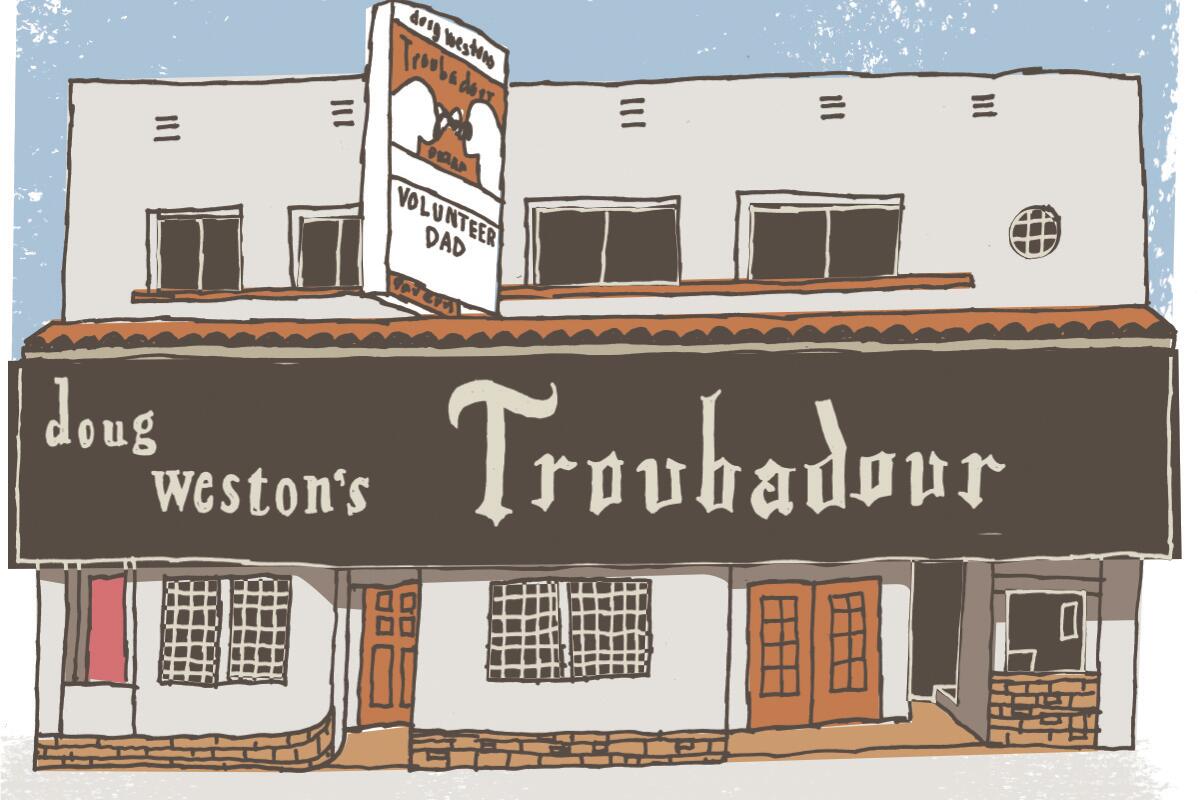
Troubadour
2220 Arts + Archives
Whisky a Go Go
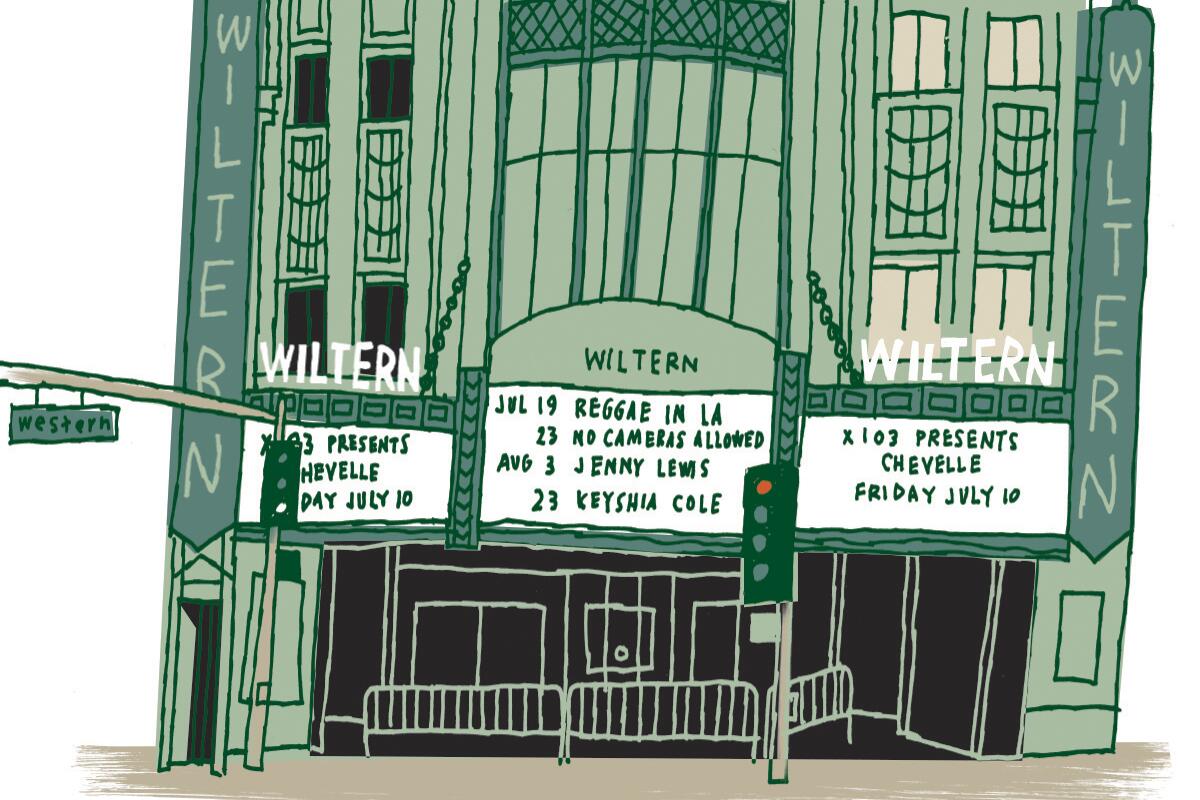
The Wiltern
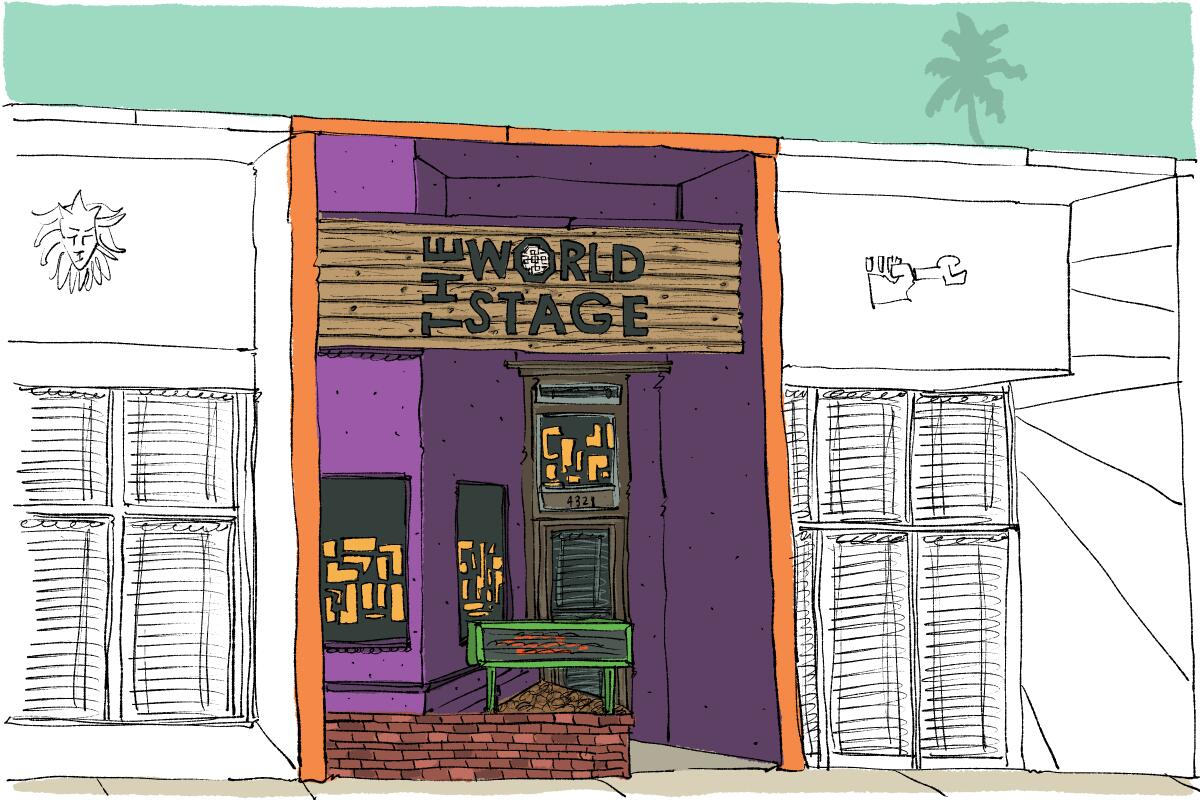
The World Stage
Zebulon
The biggest entertainment stories
Get our big stories about Hollywood, film, television, music, arts, culture and more right in your inbox as soon as they publish.
You may occasionally receive promotional content from the Los Angeles Times.

